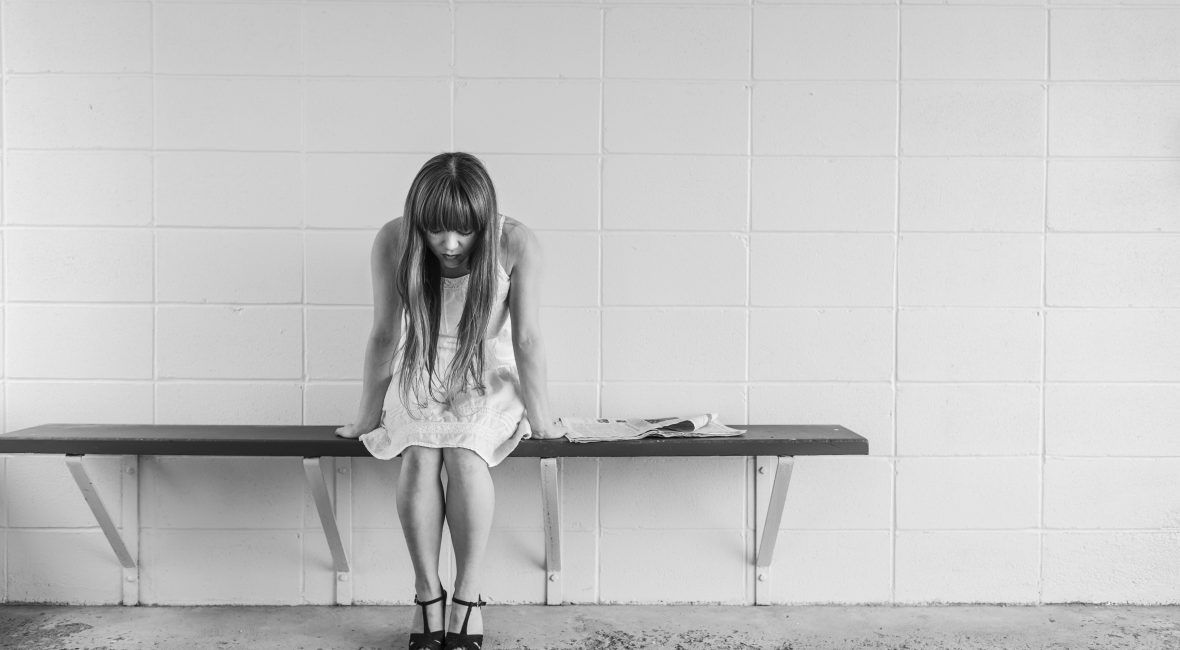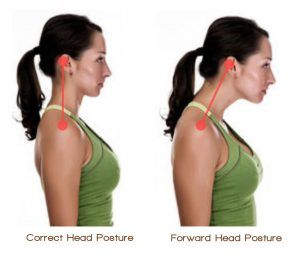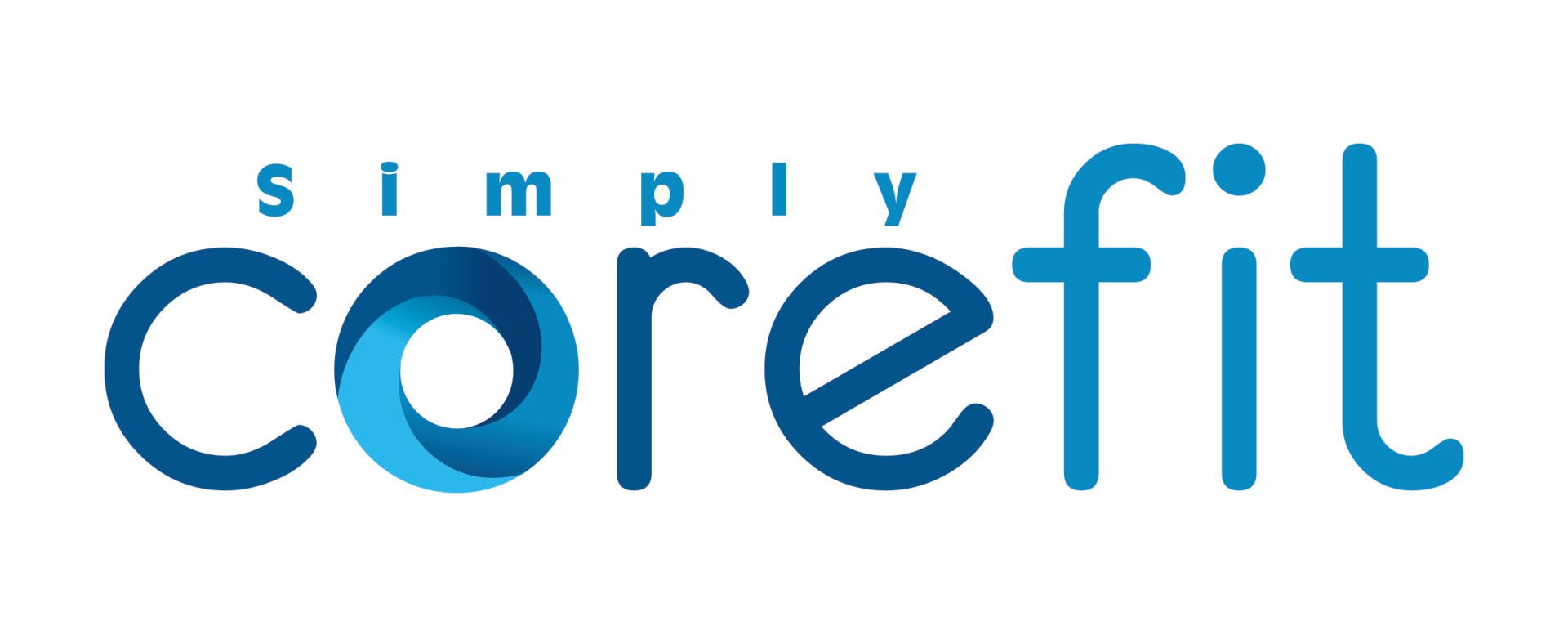
You might be surprised to learn that you likely cause yourself unnecessary body pain by doing three movements or postures unconsciously on a daily basis.
Here’s what they are, how they cause you pain, and how to fix them:
1. Bending Over with Straight Legs
Bending over with straight legs is common in people who are flexible up the back of their legs (hamstrings). They do it because they can, but that doesn’t mean it’s good. Bending over with straight legs rounds your back and places tremendous stress on the muscles, nerves, ligaments and discs of your low back. In fact, it increases the load you are lifting by 10 times – which can most certainly cause you pain in the long run.
Furthermore, loading in this position is particularly hazardous. Your worst case scenario being sciatica or a herniated disc (super painful). If you are not in the habit of bending your knees when you bend over, there is no way you will change your form when it comes to a heavy load. Since the average person bends over hundreds of times a day, it is something worth being aware of.

The Fix:
Squat. Squat. Squat. Practice getting your bum down! Your bum should be below your heart, and your heart should be below your head. It doesn’t matter if your feet are wide or splayed, drop you bum! Watch a baby squat and take a cue or two from their form.

2. Forward Head Position (FHP)
Did you know for every inch your head posture sits forward, 10 more pounds of pressure goes through your neck and upper spine. Your head gains 10 lbs. per inch! Think about that. Your head is already heavy to start (around 10-12Lbs), 2 inches forward and it weighs 32lbs! This can cause you pain in your neck and may explain the chronic tight shoulders you are experiencing.
How often are we guilty of:
- Sitting in front of a computer for extended periods of time
- Not strengthening our back muscles (which are easy to forget when you can’t see them)
- Significant amounts of cell phone use
- Prolonged poor posture (have you caught a reflection of yourself lately when you are not trying to be aware of it)
It’s easy to do one or more of these things every day, and they all contribute to FHP. Since it only gets worse as time goes on if you don’t do something to better it, here are some fixes to at least reverse or reduce the effects.

The Fix:
- Draw jawbones straight back, bringing ears over shoulders
- Stand proud and walk into every room like ‘you own it’
- Strengthen mid back muscles
- Sleep on a pillow that keeps your head and neck in line with the rest of your body (not elevated)
- Look ahead as you walk (don’t look down)

3. Leaning on 1 Leg While Standing
Leaning on 1 leg is common for those who work on their feet and stand a lot throughout their day. This posture will cause a pelvic dysfunction or is a way of coping with the discomfort of an existing pelvic dysfunction. Either way, it’s likely a pelvic dysfunction.
The Fix:
See a therapist. In the meantime try strengthening your butt with some clamshells. If one side is much harder, perform an extra set on the weaker side.
Let’s Get Practical
Whatever your bad habit, take a page from the 3 A’s of recovery, minimize the things that cause you pain, and create a healthy and pain-free body. The first step in creating change is Awareness. You didn’t form this habit in 1 day (more likely over 3 weeks to several months), so, don’t expect to break it in 1 day. Then, Acceptance (we are not perfect and that’s ok), and Action (make the change)!
All the best exercises or stretches in the world won’t fix it if you keep promoting bad patterns. Now that you are aware, here’s how to make the change!
- Post sticky note reminders (on mirrors, in car, at your desk)
- Ask someone to tell you when you are doing it. Don’t get offended – remember, they are helping you!
- Burn these pictures of poor habits in your head so you get irritated when you think about it and therefore stop doing it
- Don’t get mad at yourself for having done it (remember: Acceptance). Praise yourself for correcting it.
Consciously try to be aware of your habit for 1 week and do your best to correct it. See if that changes how you feel! For some accountability, try using the app called Streak: http://streaksapp.com/










